‘What I wish I had known before installing a green roof’ reveals a garden expert
Get the lowdown on this eco-friendly favourite and discover how to successfully include one in your garden design
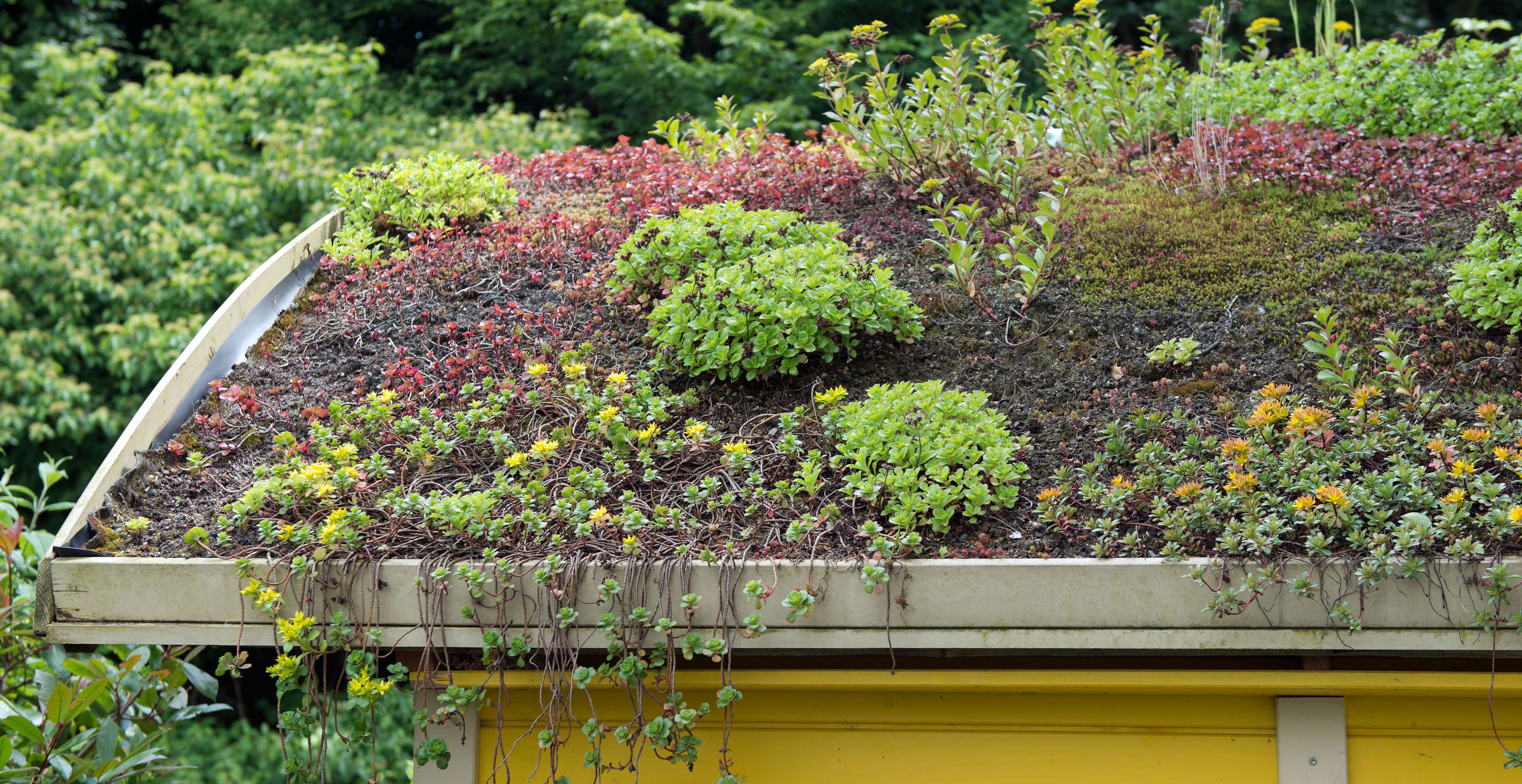
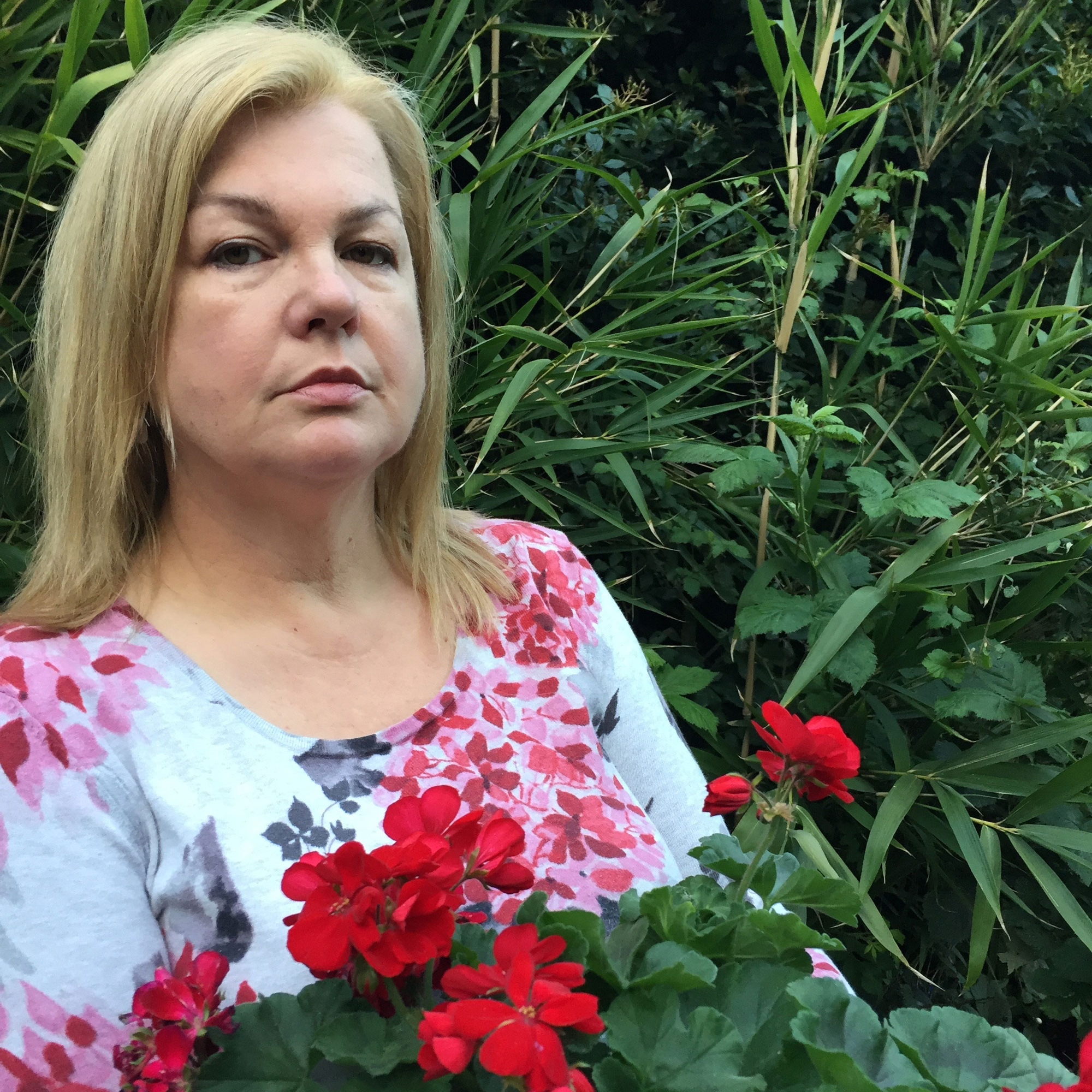
Green roofs have taken over sustainable garden design in recent years. The reason for their popularity is that a well-designed and maintained green roof provides a whole range of environmental and aesthetic benefits.
Also known as living roofs, this sustainable garden idea is a great way to make the most of your garden by offering extra growing space for plants as well as boosting biodiversity by attracting wildlife like pollinators and birds.
I finally went ahead with a green roof installation this year after craving one for ages. As a gardening journalist specialising in writing about garden trends, designs and sustainable initiatives, I’d spent hours looking at dream green roof designs, taking in everything from simple shed toppers that elevated the space into something special to full-on no-expense-spared penthouse installations of my dreams.
When the time came to upgrade my simple garden shed to a Scandi-style outdoor studio I'd done enough reading on the subject to know I had to call in the experts and get the green roof I wanted for my log cabin nailed down at the same time as the build.
I knew I wanted an airy grass and wildflower-style feature rather than a design with low-lying sedum and moss, so the important thing for me was finding out how to construct a green roof that was both safe and built to last.
If you want to find out what you need to know before installing a green roof tap into my experiences and discover the best way to do it – to get the best results.
What is a green roof?
"A green roof is a sustainable roofing system that lets you plant vegetation on top of a building," says Geoffrey White, MD at GLW Engineering, who has extensive expertise in sustainable building practices including green roofs. "The roof is typically installed over a waterproof membrane, and requires structural support, which may sometimes include steel fabrications to accommodate the added weight."
Sign up for the woman&home newsletter
Sign up to our free daily email for the latest royal and entertainment news, interesting opinion, expert advice on styling and beauty trends, and no-nonsense guides to the health and wellness questions you want answered.
Many of us (myself included) choose a green roof to improve the look of functional garden buildings such as sheds or flat extension roofs, helping them to blend in with the planting scheme in the rest of the garden design. They are a great way to green up the view, as well as being biodiverse and contributing to the eco-footprint of the building.
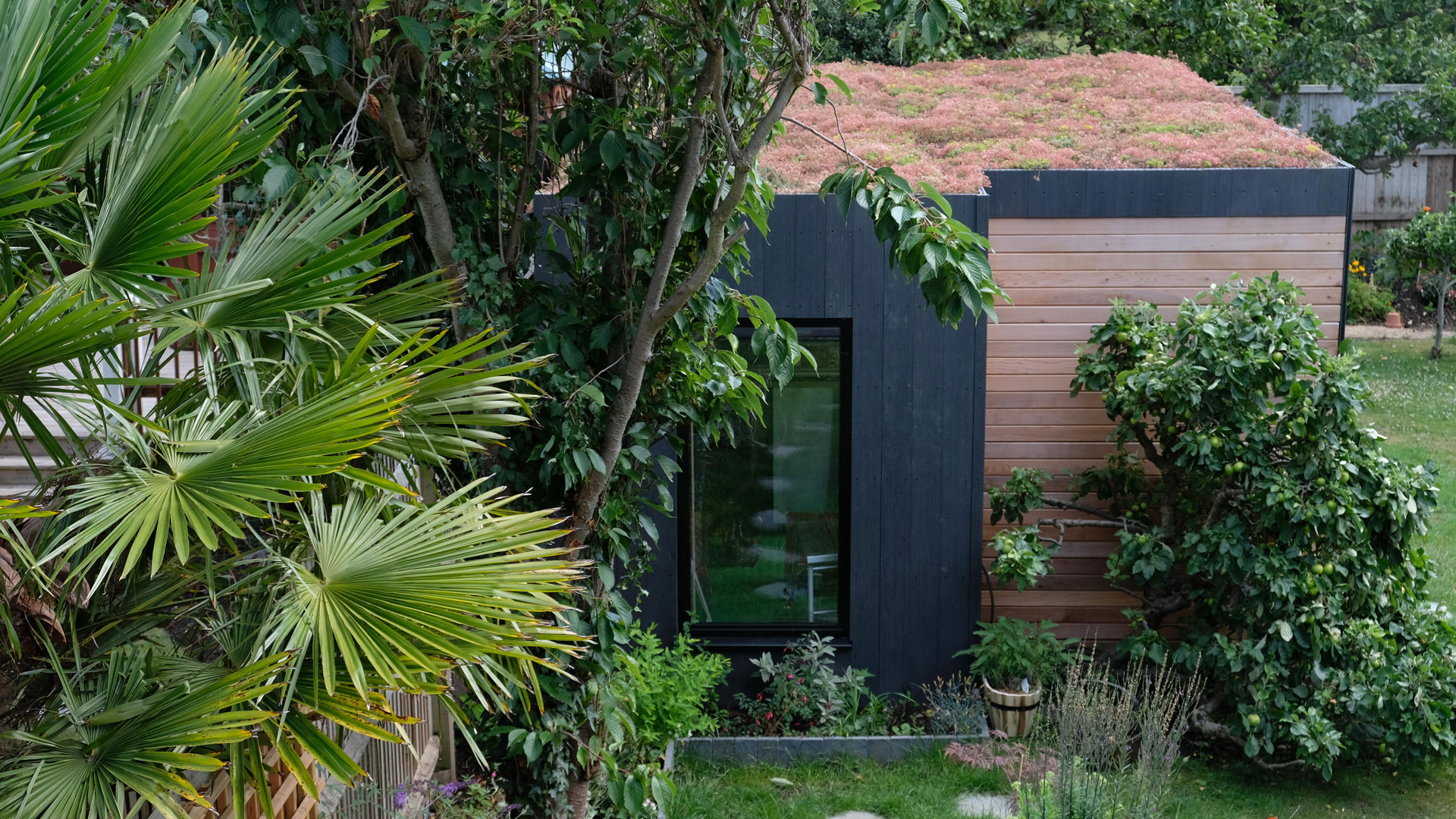
A thoughtfully planted green roof design makes hard structures like garden studios blend into the surroundings
A green roof is made up of several different layers. The first is a primary waterproofing layer. This membrane sits on the roof letting plants thrive, without causing any structural damage to the building.
The next layers consist of a root barrier and a drainage layer, which acts as a reservoir of rainwater for the plants ( a rainwater harvesting idea of sorts), while allowing any excess to run off. A filter sheet goes above the drainage layer, which prevents soil from washing out and keeps the reservoir clear of plant debris.
Next comes the substrate, which is a specially formulated lightweight growing medium. The depth varies according to the type of plant you choose. The perimeter of a green roof generally features a plant-free area of shingles, which is part of the water drainage system.
What you need to know before installing a green roof
One of my main concerns when considering a green roof was that my new garden studio would be strong enough to hold the combined weight of soil and plants, especially after heavy rainfall. Where would all the rainwater go? I realised early on that I would need expert help with the important aspects of assessing the weight and ensuring proper drainage for my green roof.
"Before installing a green roof, key considerations include obtaining planning permission, evaluating roof slope for water drainage, and ensuring structural integrity," says Geoffrey White.
"Engineers must assess load-bearing capacity to accommodate the green roof's weight, design appropriate support structures, and consider maintenance access for future inspections and repairs."
Main benefits
“Green roofs bring a multitude of benefits, including improved energy efficiency," says Becky Lane, co-founder and CEO of Furbnow and board member at the Sustainable Housing Action Partnership. "The layer of vegetation and soil provides a living, green cover on buildings that helps enhance energy efficiency in multiple ways.”
Becky goes on to explain that green roofs provide additional insulation, acting as a thermal barrier that reduces heat transfer between the building and the environment. This insulation helps keep the building cooler in summer and warmer in winter, reducing the need to use your boiler.
"Additionally, green roofs absorb and retain rainfall, reducing stormwater run-off and easing the burden on drainage systems. By minimising the urban heat, greenhouse effect, and by enhancing natural cooling green roofs are a sustainable, energy-efficient way to run your home."
A lesser-known benefit of a green roof is that it can aid the absorption of sound, providing a quieter environment both inside and outside the house. Noise pollution in urban areas can often lower the overall attractiveness of a building. The plants on the green roof act as a buffer between the bustle of the surrounding area and the space inside the building.
The vegetation of a green roof will reduce pollutants, dust and carbon dioxide in the air too, replacing it with oxygen through photosynthesis.
Finally, a green roof creates a natural habitat for wildlife, promoting biodiversity in a space that would otherwise be left empty.
Necessary considerations
A green roof can be easily installed on any horizontal space that has a slope of less than 10 degrees and can be constructed on either a flat roof or a sloped roof.
For a sloped roof over 10 degrees, you will need additional design features to keep everything held in place, so it’s recommended you seek professional advice.
“I particularly like using green roofs on sheds and outhouses in town gardens, where they not only provide invertebrates with wildlife corridors but add visual interest to top-floor flats and townhouse sitting rooms situated on the first floor," says garden designer Eliza Gray.
The aspect of your home will also determine whether you can install a green roof. If you live in a city and have a small urban garden that gets plenty of sunlight you can add native pollinator plants and create a green roof oasis for bees and insects.
But if your roof gets a lot of shade or is surrounded by tall buildings, opting for a green roof may not work, as shade may not be compatible with cultivating an ecosystem.
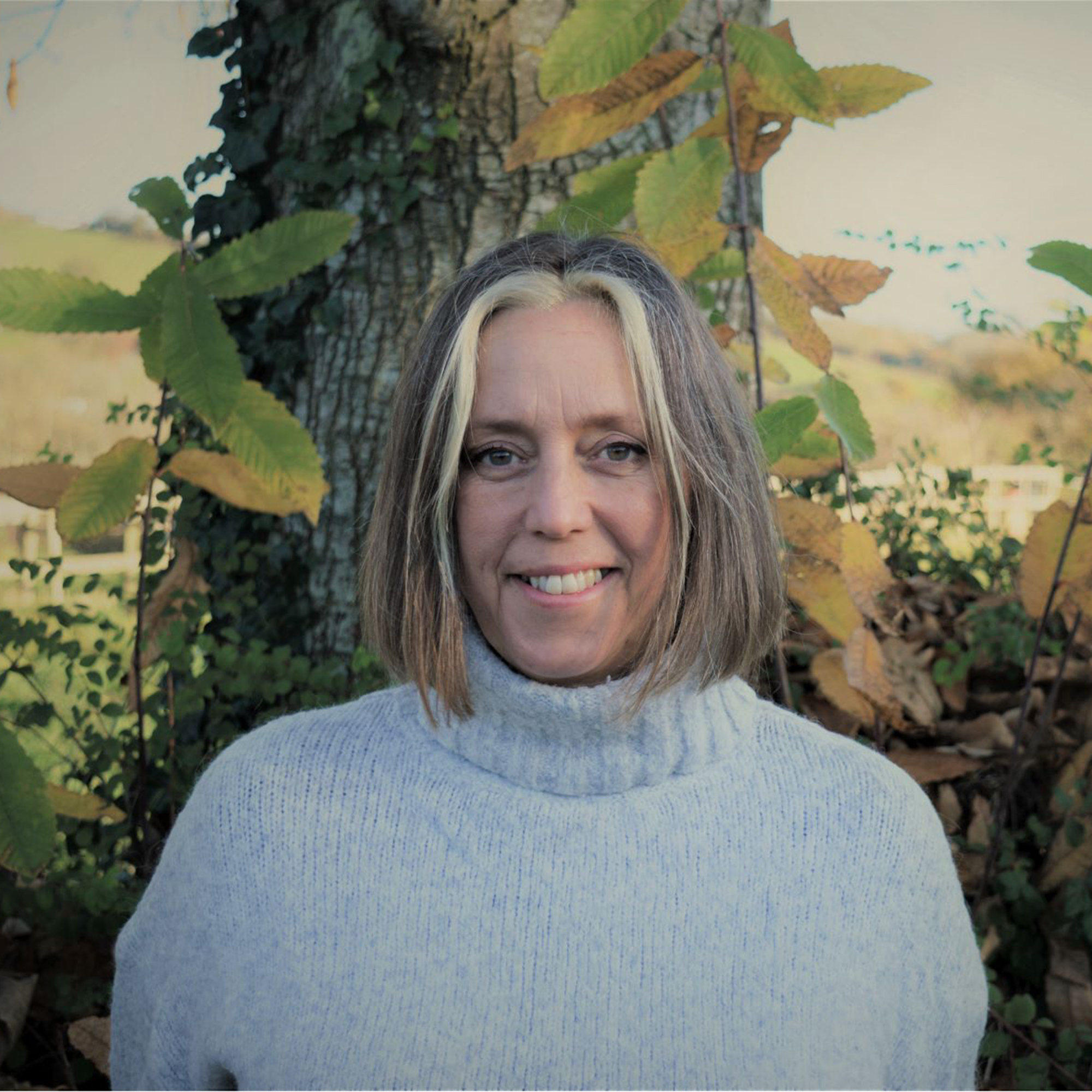
Eliza Gray has been designing gardens across the Westcountry since 2006. With experience across a wide range of spaces, Eliza has helped to achieve beautiful gardens, from city centre courtyards through to sprawling country plots.
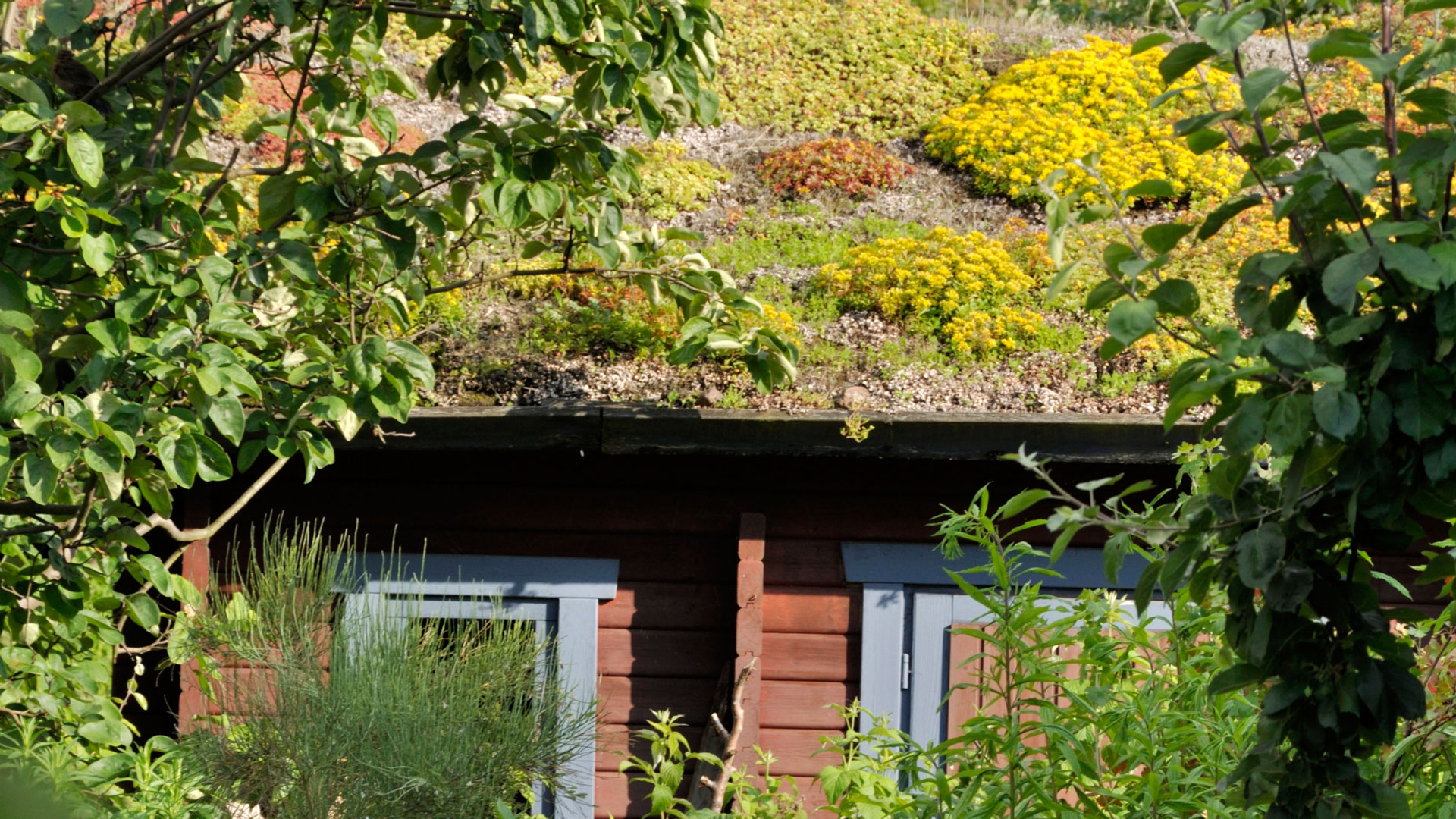
A carpet of natural planting helps disguise an ugly roof
Installation
Installing a green roof doesn’t usually require planning permission as it's considered a small-scale alteration. "For written confirmation that your proposed green roof installation does not require planning permission, you can submit an application for a lawful development certificate," says Paul Kershaw, MD at Trade Fix Direct.
"If you live in a conservation area or listed building, I recommend seeking advice from your local council through their pre-application service. This entails submitting a completed application form and making a fee payment."
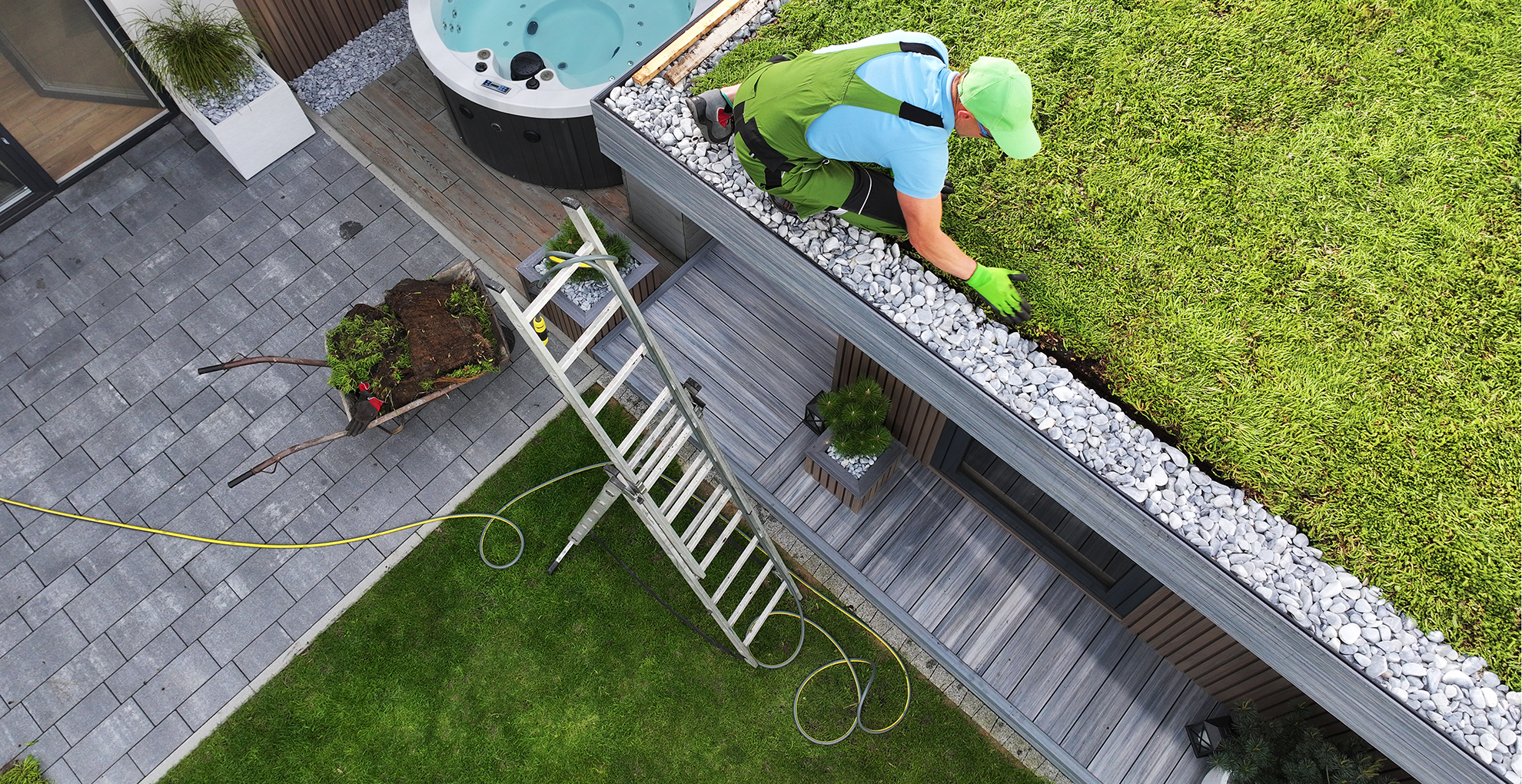
A professional installing a green roof on a garden building
COSTS
The initial cost of installing a green roof can be more expensive than other roof types. The added weight of the plants on the roof can mean that more structural support is needed within a building, and regardless of the plants you choose and the type of green roof you have, there will be some level of maintenance required.
You can get pre-made green roof solutions (more on that later), as Laura Murphy, director of Compass Garden and Landscape Design explains: "Costs wise it varies by supplier but typically you are looking at £50-60 per square metre inc VAT. You usually require around 4-5 trays per square metre and these just click together. They can be cut quite easily if they don’t fit perfectly."
speaking of a professionally fitted green roof Laura adds: "The other method varies massively but is typically £75-£130 per square metre. There is an argument that a full installation (e.g. the non-click system) may have more longevity but we haven’t seen any evidence of this."
Best plants for green roofs
There are several different styles of planting for a green roof. It's also important to consider what conditions the plants will be exposed to, such as if your green roof is likely to be windy or sheltered. It's a good idea to choose low-maintenance plants too, and hardy ones that will survive all year round.
One of the most popular options is a low-level design using plants like moss and mat-forming sedums such as sempervivum to create a green carpet-like effect. This style of planting requires a relatively shallow level of substrate (around 5cm).
You can also create a naturalistic design with slightly taller wildlife-friendly plants like sea thrift, wild marjoram, yarrow and taller ornamental grasses. This is the option I went for as I wanted to add an airy planting screen to block out the view of an ugly angle of my neighbour's (bright blue!) shed.
"These are both examples of 'extensive' green roofs that are not meant to be walked on and need less maintenance," says Craig Morley, plant expert at Budget Seeds. "They are more common in residential areas where space is limited, and usually consist of a low vegetation area of moss, grass, sedum or wildflowers."
Another alternative is an 'intensive' green roof, which is essentially a garden and designed to support much larger plants, such as shrubs and small trees. As a result of this, they require a deeper layer of substrate (around 45cm), and will usually need a hard landscaped area so the roof can be accessed for maintenance.
Garden designer Douglas Gillis explains the benefits of his own intensive green roof: "We have planted shrubs such as forsythia, weigela, eunonymus, spirea and lavender.'
"The lavender is now 15 years old and has survived one winter of -20°C. To maintain a healthy roof in summer, a drip line for watering has been installed and this keeps the soil moist and cool. It runs nightly for 20 minutes during the growing season."
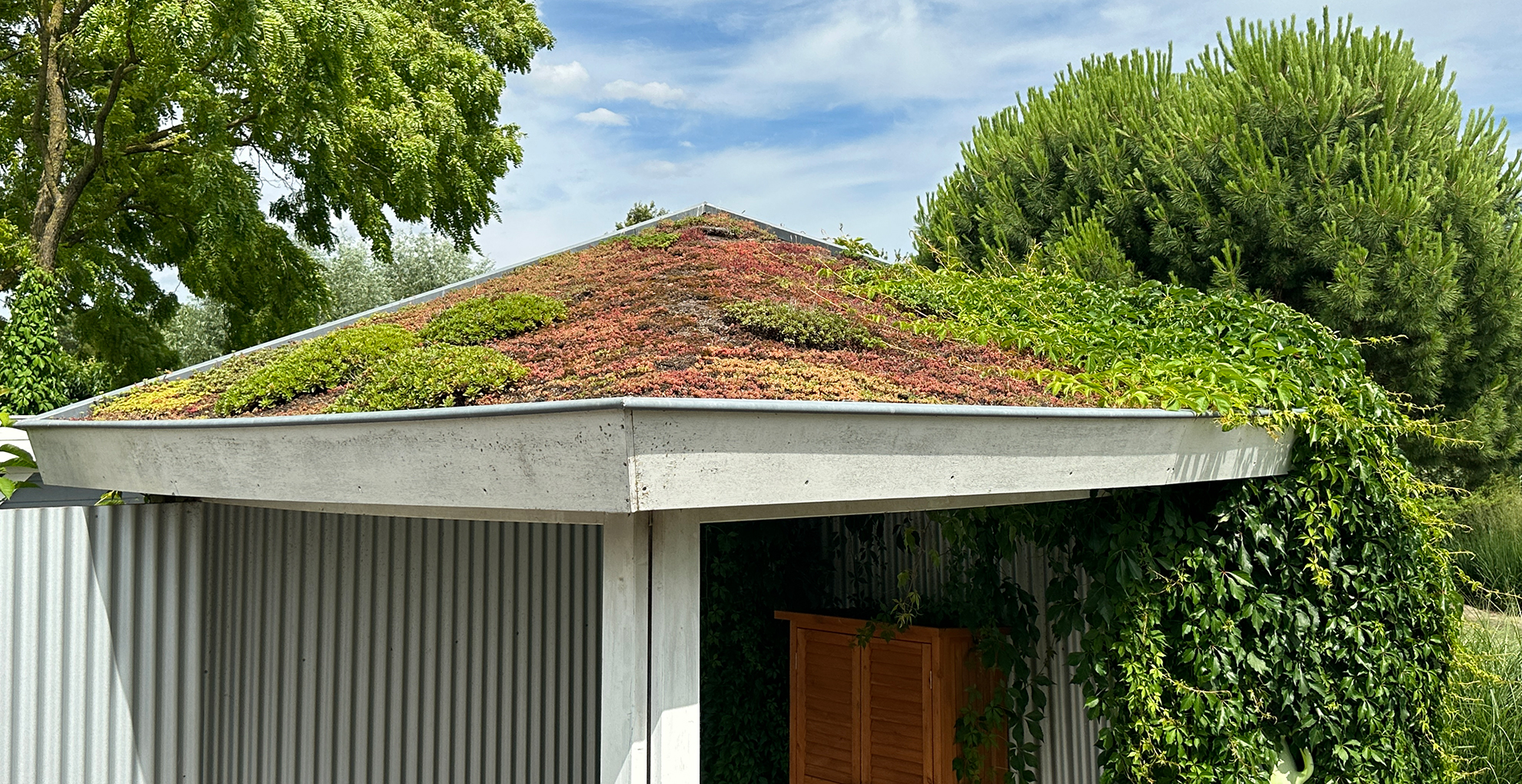
What I wish I'd known before installing a green roof
Now we've ticked off the basics, it's time to get into the nitty-gritty. Having now considered what to know before installing an induction hob or what to know before installing a boiling water tap we feel confident that it's worth unearthing all the hidden elements to help you make an informed decision before you spend out huge sums of money.
Because there's nothing quite like first-hand experience to uncover the truth when undertaking any costly home installation.
Here are a few things I wish I’d known before installing my green roof...
1. You can get a pre-planted system
An easy entry point when wondering what you need to know before installing a green roof is buying an off-the-shelf green roof system comprising modular trays with the substrate and plants already in place. These click together to form a seamless green roof. I love this idea so much that I'm considering one of these for my wheelie bin storage unit, which is next on the list for greening up.
I took inspiration from Laura: "We worked on a green roof for a new garden office structure,' says Laura. "The black felt roof of the office created an ugly void when viewed from above and the green roof, installed in trays which simply clip together, provided the ideal method to soften the view as well as providing interest."
The plants (mainly Sedum varieties but self-seeded mosses have also appeared over time) are constantly changing throughout the year. Bees and hoverflies adore the summer flowers and the shades of red and orange in autumn are stunning.
"The roof is now three years old and has only been watered in extreme dry spells,' says Laura. "It is extremely low maintenance and also provides additional insulation for the office itself. I would highly recommend it!"
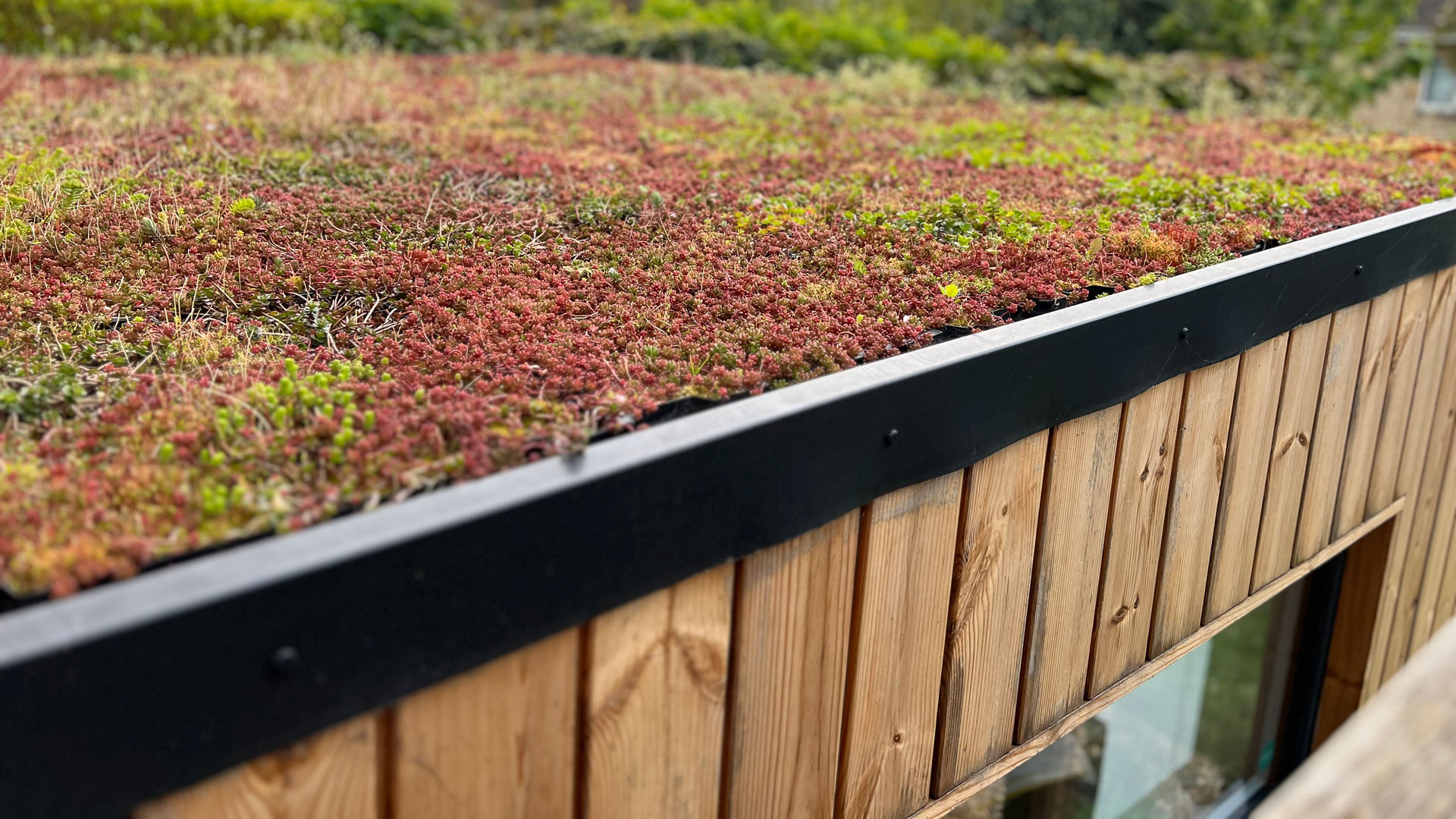
Green roof design planted with sedum for a new garden office
2. To check your plants will all grow to the same height
It's also a good idea to go for a roughly uniform height in the plants you choose, as an extra tall one here or there really throws the design.
I included several achillea (yarrow) plants in my green roof planting scheme but they towered over the other plants and it looked a real hotchpotch. So in the end I pulled them out and replanted them in the garden.
Check plant labels to find out the ultimate height of what you're growing and make sure the plants you choose will end up well-matched.
3. The temptation of a DIY jobs can prove more costly
If you're just looking for something simple like an eco addition to a shed, a green roof is a great way to increase sustainability in your garden. They can be fairly straightforward to install if done on a small scale but unless you're a DIY expert it's best to call in a professional.
I toyed with the idea of fitting my own green roof briefly, thinking how hard can it be? But I soon realised that a qualified installer would be able to get better materials at a better price, and in the long run, it would probably work out cheaper.
A roof installed by a professional will also be guaranteed, an important factor for peace of mind. Plus if you're thinking of moving any time soon it's good to have the paperwork in place.
What are the disadvantages of a green roof?
While I think the benefits of installing a green roof far outweigh the disadvantages it's still worth knowing about the negatives. Especially as there is always a chance that the waterproofing, drainage or irrigation systems may fail, which was my main concern before installing my own green roof.
As long as you get professional advice at the start of your project these considerations shouldn't be an issue.
"Challenges associated with green roofs include initial installation costs, weight load considerations, and waterproofing maintenance," says Geoffrey White. "It may also be tricky to get planning permission in some circumstances due to local regulations and whether the building is listed."
That's the lowdown on what you need to know before installing a green roof if you're looking for new ways to add alluring plants to enliven your garden and want to go one step further than the wildflower garden border trend.
Lifestyle journalist Sarah Wilson writes about flowers, plants, garden design and trends. She has studied introductory garden and landscape design and floristry, and also has an RHS Level 2 qualification in the Principles of Plant Growth and Development. In addition to homesandgardens.com and livingetc.com she's written for gardeningetc.com, Real Homes, Modern Gardens and Country Homes & Interiors magazines. Her first job was at Elle magazine, during which time a trip to the beautiful La Colombe d'Or in St-Paul-de-Vence led to an interest in writing about all things botanical. Later as lifestyle editor at Country Homes & Interiors magazine the real pull was the run of captivating country gardens that were featured.
-
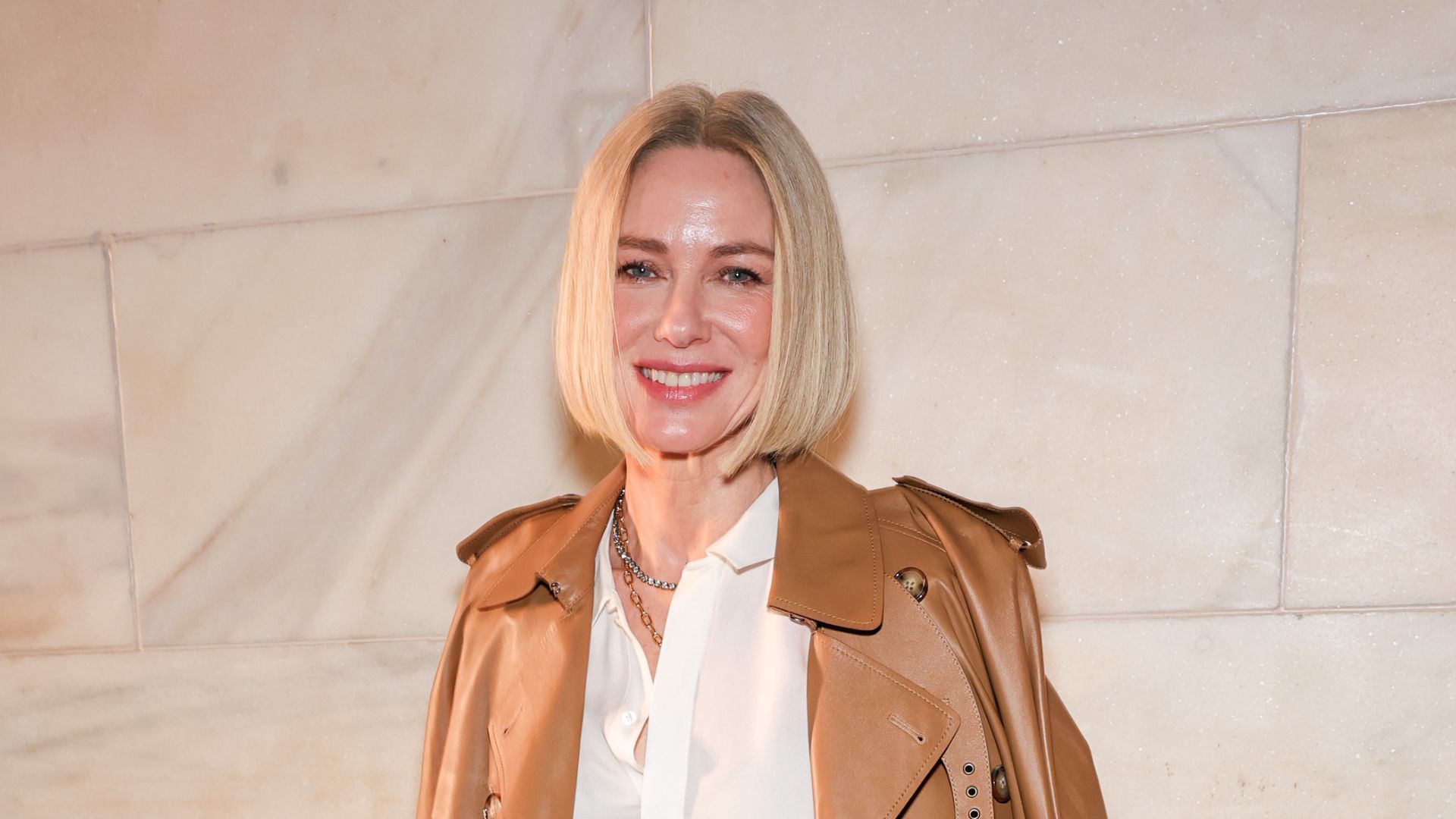 Everyone in New York is wearing a trending colourway that will elevate your everyday wardrobe, including Naomi Watts
Everyone in New York is wearing a trending colourway that will elevate your everyday wardrobe, including Naomi WattsSpotted head to toe in a rich, warm tan at the Ralph Lauren show, Watts shows us exactly why we should be investing in these classic hues
By Molly Smith
-
 How to watch Race Across the World from anywhere - stream the BBC reality series online
How to watch Race Across the World from anywhere - stream the BBC reality series onlineThe acclaimed reality series is back for a highly anticipated fifth outing, and there's no need to miss out on any of the action
By Lucy Wigley